|
|
|
|
|
Image Gallery for Metaleptea brevicornis - Clipped-Wing Grasshopper
|
 | Recorded by: Ken Kneidel
Mecklenburg Co.
Comment: | 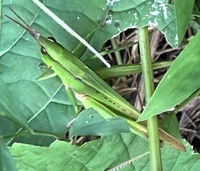 | Recorded by: Ken Kneidel
Mecklenburg Co.
Comment: |
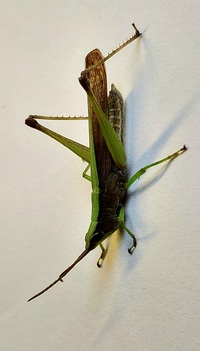 | Recorded by: Mark Basinger
Wilson Co.
Comment: | 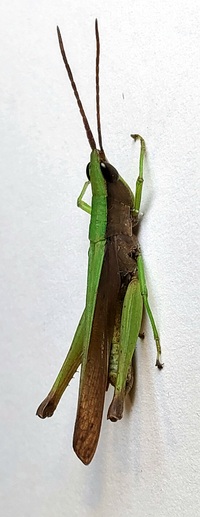 | Recorded by: Mark Basinger
Wilson Co.
Comment: |
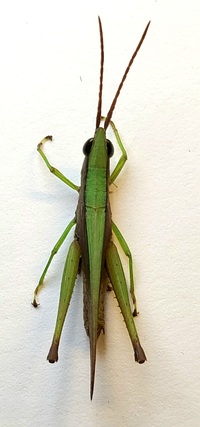 | Recorded by: Mark Basinger
Wilson Co.
Comment: | 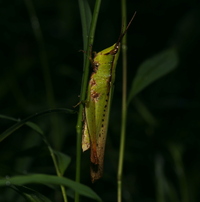 | Recorded by: David George
Chatham Co.
Comment: |
 | Recorded by: Mark Shields
Scotland Co.
Comment: | 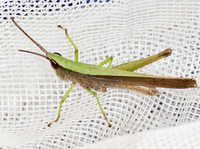 | Recorded by: John Petranka
Orange Co.
Comment: |
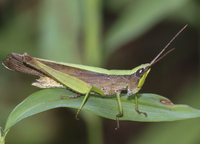 | Recorded by: John Petranka
Orange Co.
Comment: | 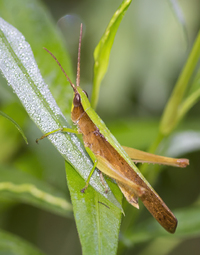 | Recorded by: John Petranka
Orange Co.
Comment: |
 | Recorded by: H. Quay
Orange Co.
Comment: | 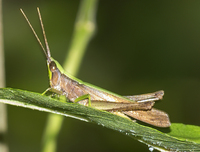 | Recorded by: John Petranka
Durham Co.
Comment: |
 | Recorded by: John Petranka
Durham Co.
Comment: | 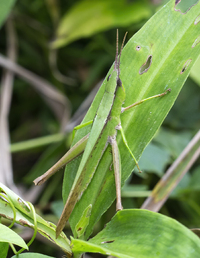 | Recorded by: John Petranka
Durham Co.
Comment: |
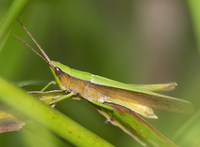 | Recorded by: John Petranka
Durham Co.
Comment: | 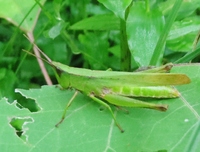 | Recorded by: Ken Kneidel
Mecklenburg Co.
Comment: |
 | Recorded by: Ken Kneidel
Mecklenburg Co.
Comment: |  | Recorded by: F. Williams, S. Williams
Bertie Co.
Comment: |
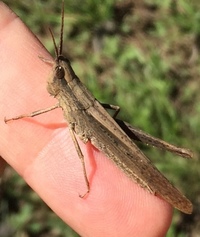 | Recorded by: Ken Kneidel
Mecklenburg Co.
Comment: | 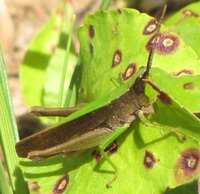 | Recorded by: Ken Kneidel
Burke Co.
Comment: |
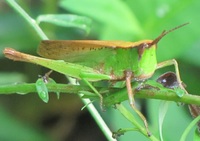 | Recorded by: Ken Kneidel
Mecklenburg Co.
Comment: | 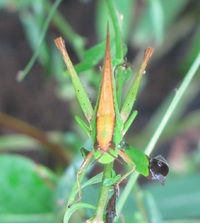 | Recorded by: Ken Kneidel
Mecklenburg Co.
Comment: |
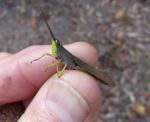 | Recorded by: F. Williams, S. Williams
Gates Co.
Comment: | 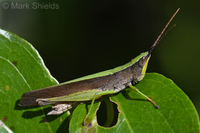 | Recorded by: Mark Shields
Duplin Co.
Comment: |
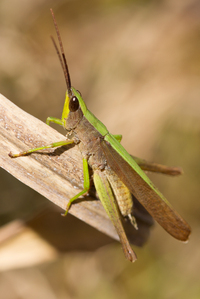 | Recorded by: Stephen Hall
Orange Co.
Comment: | 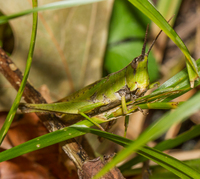 | Recorded by: Stephen Hall
Orange Co.
Comment: |
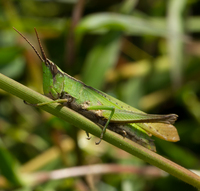 | Recorded by: Stephen Hall
Orange Co.
Comment: | 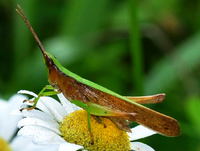 | Recorded by: Kyle Kittelberger
Rockingham Co.
Comment: |
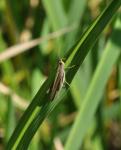 | Recorded by: K. Bischof
Chatham Co.
Comment: |  | Recorded by: E. Corey
Wake Co.
Comment: |
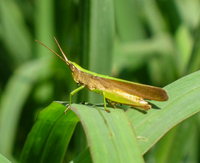 | Recorded by: Stephen Hall
Orange Co.
Comment: | 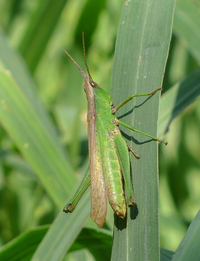 | Recorded by: Stephen Hall
Orange Co.
Comment: |
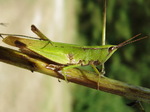 | Recorded by: FKW
Gates Co.
Comment: |  | Recorded by: FKW
Gates Co.
Comment: |
|
 »
»

 »
»
